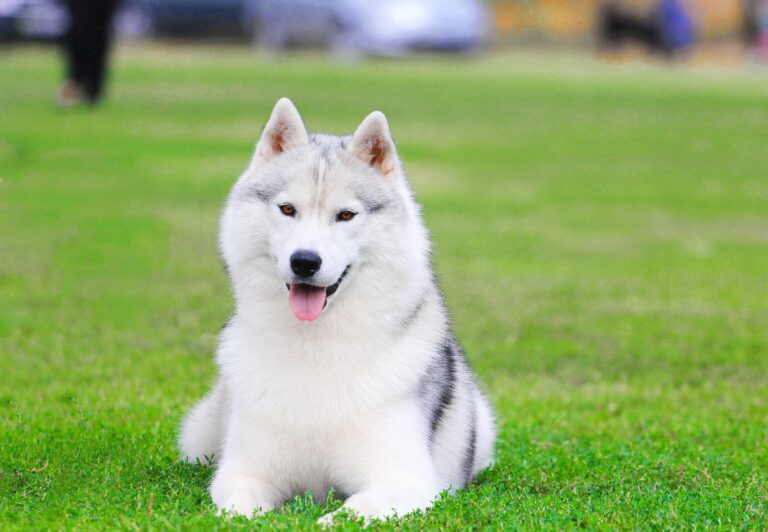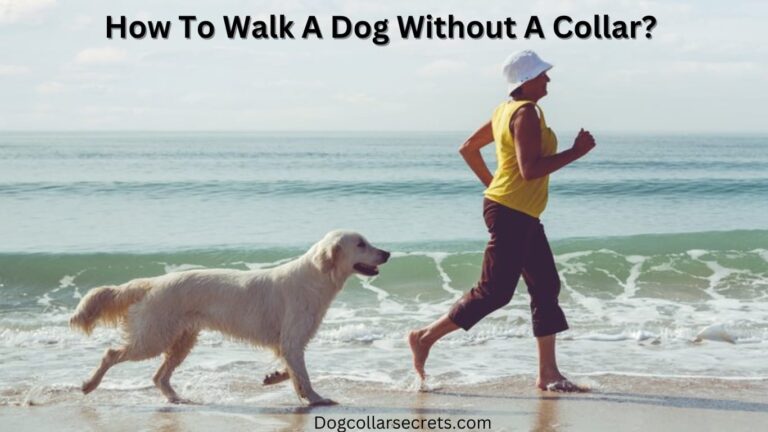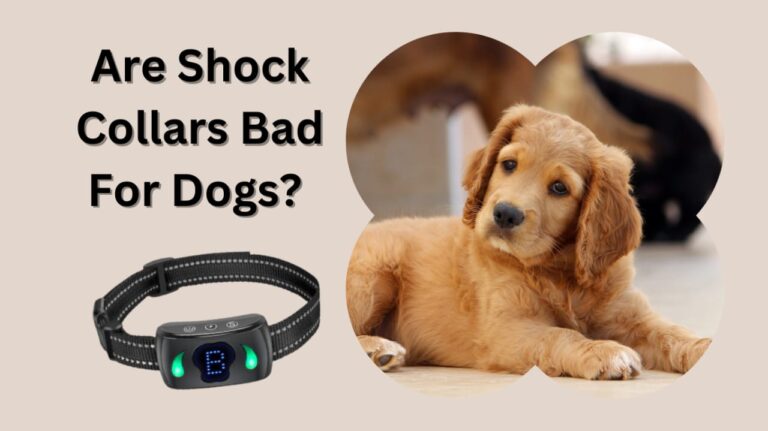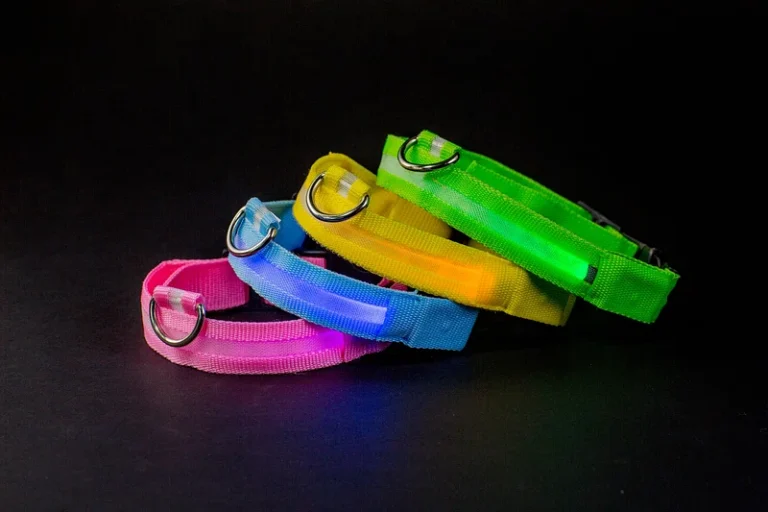What are the collars on hunting dogs for?
What are the collars on hunting dogs for?
Exploring the Significance of Hunting Dog Collars in Canine Activities
Hunting dog collars play vital roles in ensuring the safety, control, and efficiency of our loyal canine companions during hunts. Let’s delve into the details of these collars and their importance in enhancing the hunting experience. And also find out the answer to the question “What are the collars on hunting dogs for?”
Hunting dog collars adorned with ID tags become beacons of hope if our dogs wander off during a hunt. Including the dog’s name, owner’s contact details, and vaccination information helps in quick identification and a speedy reunion.
In the thick of the hunt, visibility is crucial. Brightly colored or reflective collars make our canine companions easily discernible, especially in low-light conditions. These collars act as a visual aid, ensuring the dog remains within sight and under the hunter’s control.
Safety is paramount, and hunting dog collars are designed with features like breakaway buckles to prevent entanglements, reducing the risk of injuries or strangulation. A safety net for our furry friends navigating the unpredictable terrain of a hunt.
Modern hunters rely on electronic collars for training hunting dogs. Operating remotely, these collars enable effective communication of commands, reinforcing desired behaviors and ensuring seamless control over the dog’s actions.
Contemporary hunting dog collars come equipped with GPS tracking. This innovation allows hunters to monitor the dog’s real-time movements, preventing straying and ensuring that the hunt stays on course, all while maintaining optimal control.
Collars provide a strategic point of attachment for leashes and leads, giving hunters enhanced control over their canine companions. This is crucial in challenging terrains or when encountering other wildlife, where precise command execution is non-negotiable.
Adaptable to diverse weather conditions, some hunting dog collars are engineered with features to regulate the dog’s body temperature. Whether cooling in the heat or insulation in colder climates, these collars ensure the dog remains comfortable, contributing to overall well-being.
In regions with potential hazards like snakes, specialized collars offer an added layer of protection. These collars are designed to minimize the risk of bites or injuries, allowing our hunting companions to navigate the terrain without undue concern for their safety.
The use of hunting dog collars for our canine allies goes beyond mere accessories; they are indispensable tools that enhance the safety, control, and effectiveness of our four-legged companions in the pursuit of the hunt.
What are hunting dog collars made of?
Hunting dog collars are crafted from a variety of materials, each selected for its durability, comfort, and functionality. The choice of materials often depends on the collar’s intended use and the specific needs of the hunting environment. Here are common materials used in the manufacturing of hunting dog collars:
- Nylon: Nylon is a popular choice for hunting dog collars due to its durability, resistance to wear and tear, and ease of cleaning. It is also lightweight, making it suitable for extended use during hunting expeditions.
- Leather: Leather collars are known for their classic and timeless appeal. While providing a traditional look, leather is durable and becomes more supple over time. It is often used for stylish yet robust collars.
- Biothane: Biothane is a synthetic material that combines the durability of nylon with the look and feel of leather. It is resistant to water, odor, and dirt, making it an excellent choice for hunting dogs exposed to various elements.
- Rubber: Rubber collars are waterproof and easy to clean, making them suitable for hunting environments with water features. They are also resistant to odors and stains, adding to their practicality.
- Polyurethane-Coated Webbing: This material provides a strong and weather-resistant option. The polyurethane coating adds durability and helps prevent water absorption, making it suitable for outdoor activities.
- Neoprene: Neoprene is known for its water-resistant properties and flexibility. Collars made from neoprene are comfortable for dogs to wear, making them a good choice for hunting dogs engaged in active pursuits.
- Metal Hardware: The hardware components of hunting dog collars, such as buckles and D-rings, are often made from sturdy metals like stainless steel or brass. These materials resist corrosion and add to the overall durability of the collar.
- Reflective Materials: Some hunting dog collars incorporate reflective materials for increased visibility, especially during low-light conditions. These materials can be woven into the collar or added as additional strips.
The choice of material depends on factors such as the dog’s comfort, the hunting environment, and the owner’s preferences. Ultimately, hunting dog collars are designed to withstand the rigors of outdoor activities while providing the necessary functionality and safety for both the dog and the hunter.
How do hunting dog collars work?
Hunting dog collars, especially those integrated with advanced technology like remote controls and GPS systems, function as indispensable tools for ensuring the safety and efficiency of dogs during outdoor pursuits. The incorporation of GPS technology enables real-time tracking of the dog’s movements, providing hunters with a crucial means of keeping tabs on their canine companions. This feature becomes particularly vital in expansive hunting grounds, preventing dogs from venturing too far and aiding in maintaining control over their location.
Moreover, the remote control aspect of these collars allows for two-way communication between the hunter and the dog. This dynamic interaction proves invaluable during a hunt, as hunters can issue commands or signals to guide the dog effectively. This real-time communication fosters a strong connection between the handler and the hunting dog, enabling precise control over the dog’s actions, enhancing coordination, and ultimately contributing to a successful hunting experience.
The GPS-enabled collars also serve as a safety net, minimizing the risk of dogs getting lost or encountering potential hazards. By monitoring the dog’s location in real time, hunters can promptly react to any unforeseen circumstances, ensuring the well-being and security of their canine companions. This proactive approach to safety underscores the vital role these collars play in mitigating risks and fostering a secure environment for both the hunting dog and its handler.
In summary, hunting dog collars with advanced features like GPS and remote control functionality work cohesively to elevate the overall hunting experience. By providing real-time tracking, enabling effective communication, and enhancing safety measures, these collars become essential instruments for hunters seeking optimal control and efficiency during their outdoor pursuits with their loyal canine companions.
Conclusion
“What are the collars on hunting dogs for?” The multifaceted roles of hunting dog collars become evident in the quest for safety, control, and efficiency during hunts. These collars, adorned with crucial ID tags, transform into beacons of hope when our loyal canine companions wander during the chase. In times of separation, the dog’s name, owner’s contact details, and vaccination information facilitate quick identification, ensuring a speedy reunion and adding a layer of security to the hunting experience.
“Hunting dog collars play vital roles in ensuring the safety, control, and efficiency of our loyal canine companions during hunts.” Visibility takes center stage in the thick of the chase, where brightly colored or reflective collars act as visual aids. These collars make our canine allies easily discernible, especially in low-light conditions, ensuring they remain within sight and under the hunter’s unwavering control. The paramount importance of safety is encapsulated in features like breakaway buckles, designed to prevent entanglements and mitigate the risk of injuries or strangulation. As hunters embrace modern tools, electronic collars take center stage for training mastery, allowing remote communication and reinforcing desired behaviors with seamless control over the dog’s actions.
FAQ
What You Need to Look for in Hunting Dog Collars?
When choosing hunting dog collars, prioritize durability, adjustability, and comfort. Look for materials like nylon or leather that can withstand outdoor conditions. Ensure the collar is easily adjustable to fit your dog securely. Additionally, consider features like reflective elements for enhanced visibility during low-light situations.
Do hunting dogs wear shock collars?
Yes, some hunting dogs wear shock collars as training tools. However, it’s crucial to use them responsibly and with proper training techniques. Shock collars should be part of a comprehensive training program, focusing on positive reinforcement alongside correction when necessary.
Why Your Hunting Dog Needs a Hunting Dog Collar?
A hunting dog collar is essential for identification, safety, and control. It allows you to attach vital information tags and helps others identify your dog if they get lost. Specialized hunting dog collars often have features like built-in GPS or reflective elements, enhancing safety during outdoor activities.
How to Choose the Right E-Collar for Your Hunting Dog
To select the right E-collar, consider your dog’s size, temperament, and training needs. Opt for a reputable brand that offers adjustable intensity levels and a comfortable fit. Waterproof features are beneficial for outdoor use. Prioritize models with a range suitable for your hunting environment, ensuring effective communication.
Best Shock Collar for Hunting Dogs
The best shock collar for hunting dogs varies based on individual preferences. Brands like Garmin, SportDOG, and Dogtra are popular choices. Look for features like adjustable stimulation levels, waterproof design, and a reliable range. Always consider your dog’s specific training requirements when choosing the best shock collar.





